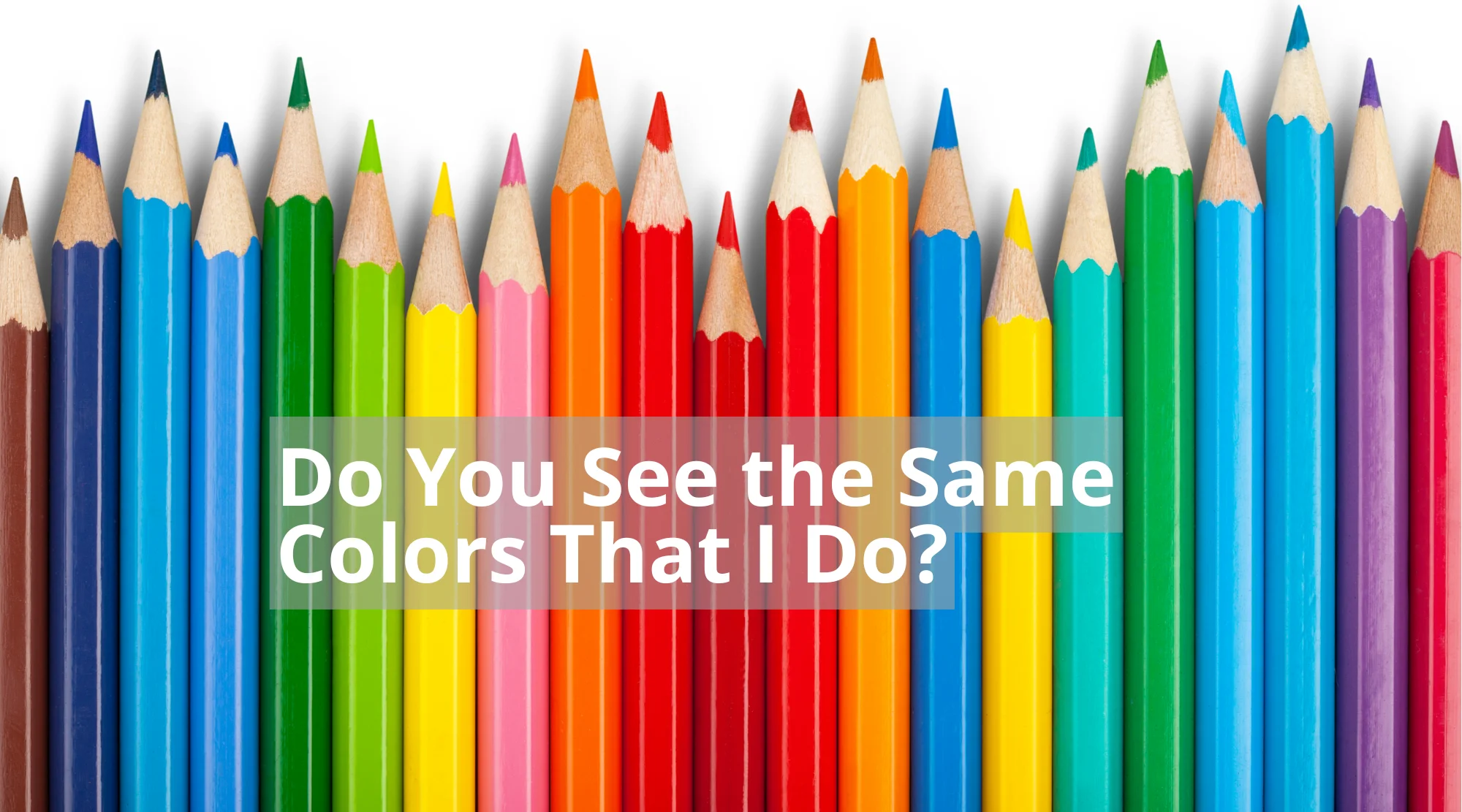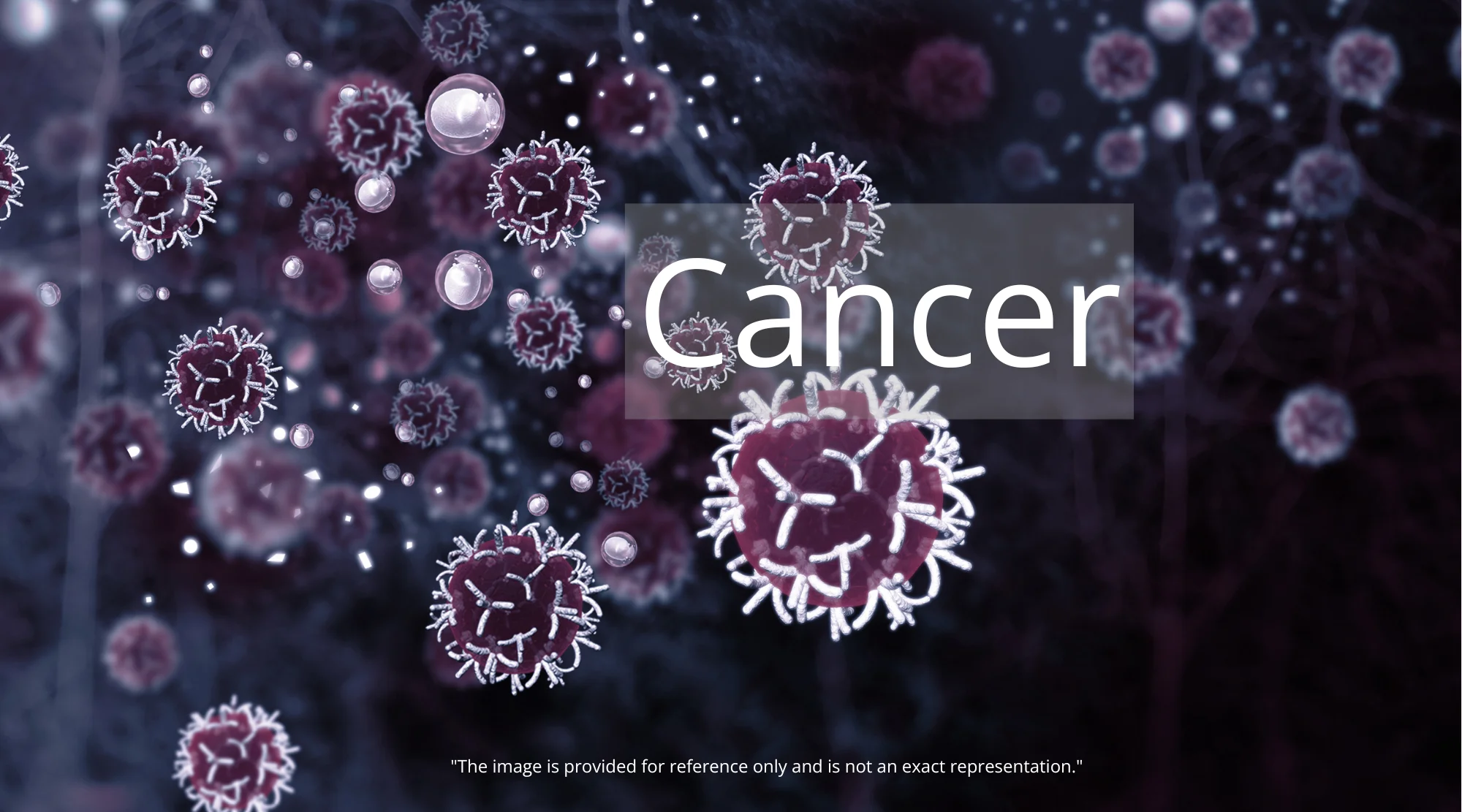Seeing Eye to Eye: Unveiling the Shared Universe of Color Perception
Imagine being able to understand what someone else sees just by looking at their brain activity. This isn’t science fiction; it’s the fascinating reality of modern neuroscience. Recent research has delved deep into the intriguing question: Do we all see the same colors? This article explores the groundbreaking studies attempting to answer this, offering insights into the complexities of human perception and how our brains interpret the world around us. This research, as cutting edge as the work on Brain Regeneration Breakthrough: New Pill Promises Stroke Recovery and More: is a window into the universal and personal experiences of sight.

Decoding the Visual Cortex: How Brain Scans Reveal Color
The ability to “see” what someone else sees is a remarkable feat. Researchers use advanced techniques, like functional magnetic resonance imaging (fMRI), to map brain activity and identify the neural correlates of visual experiences. By observing which regions of the brain light up in response to different stimuli, scientists can begin to decode how we perceive the world. The process typically involves:
- Initial Training: Subjects are shown a series of images while inside an fMRI machine. Researchers record their brain activity in response to each image.
- Pattern Recognition: The data from the training phase is used to create a “signature” for each visual stimulus, essentially a map of the brain’s response.
- Prediction: After establishing these patterns, researchers can show a subject a new image and, based on the brain activity, accurately predict what the subject is seeing. This is very similar to work being done to help AI Therapy: 5 Expert Tips to Protect Your Mental Health While Using Chatbots understand how to interpret your mental states.
The Color Experiment: Testing Shared Perception
A recent study sought to address whether our perception of color is universal. Researchers focused on the question of whether different individuals share a common understanding of color, an element that shapes our experiences in crucial ways. The methodology employed involves:
- Subject Selection: Participants with standard color vision were recruited for the study.
- Visual Stimuli: Subjects were shown expanding concentric rings of red, green, and yellow hues.
- Brain Activity Mapping: The fMRI machine recorded brain activity as the participants viewed the colors.
- Data Analysis: The data from a group of participants was used to create an “average” brain response for each color. This average response was then used to predict the color perception of a separate individual.
This approach allowed researchers to predict, with a degree of accuracy, the color a person was viewing based solely on their brain activity.
Unraveling the Complexity: The Brain’s Color Code
The brain’s ability to process and interpret color is a marvel of biological engineering. It is not as simple as individual receptors firing to a color. Here’s a look at the process:
- Light Input: The process begins with light entering the eye and hitting the retina, the light-sensitive layer at the back of the eye.
- Cone Cells: The retina contains specialized cells called cones, which are responsible for color vision. There are three types of cones, each sensitive to different wavelengths of light (red, green, and blue).
- Neural Processing: The signals from the cones are then transmitted to the brain via the optic nerve.
- Visual Cortex: The visual cortex, located in the occipital lobe, is where the complex processing of color takes place. Different areas of the visual cortex are responsible for different aspects of color perception, such as hue, saturation, and brightness.
- Integration: The brain integrates the information from the various cone types to create our perception of a vast spectrum of colors.
Beyond the Basics: Exploring Color Blindness and Anomalies
While most people have standard color vision, color perception can vary. Understanding these variations provides a valuable insight into the mechanisms of vision.
- Color Blindness: This is a condition where one or more of the cone types are either missing or malfunctioning. This can result in difficulty distinguishing between certain colors, most commonly red and green.
- Color Anomalies: Some individuals have color vision anomalies, where they have all three types of cones, but one or more of them are less sensitive than normal. This can lead to subtle differences in color perception.
- Synesthesia: This is a neurological phenomenon where stimulation of one sensory pathway leads to automatic, involuntary experiences in a second sensory pathway. For example, some people with synesthesia might “see” colors when they hear music.
Color blindness research can offer a powerful counterpoint to the question of shared perception by demonstrating how individual differences in cone sensitivity can affect color perception.
The Future of Color Vision Research
The field of color vision research is constantly evolving, with new technologies and techniques opening up exciting possibilities. Here are some avenues for future study:
- Individualized Perception: Researchers are exploring how individual differences in brain structure and function might influence color perception.
- Advanced Imaging: The development of more advanced imaging techniques could provide a more detailed understanding of the neural mechanisms underlying color vision.
- Augmented Reality: Understanding the brain’s response to colors may allow us to create more efficient augmented reality experiences.
The Significance of Shared Experiences
Research on color perception has profound implications for understanding human consciousness and the nature of reality. The study, while relatively new, offers:
- Understanding Empathy: The more we understand how the brains process and interpret information, the closer we get to grasping the concept of empathy.
- The Power of Differences: Although shared perception exists, the uniqueness of the differences in processing color is beautiful.
- Expanding Understanding: These studies expand our knowledge, making us better citizens of the world.
Beyond Color: The Broader Implications of Brain Decoding
The ability to decode brain activity has implications that extend far beyond color perception. Understanding how the brain processes different sensory information can lead to:
- Improved Diagnosis: Earlier and more accurate diagnosis of neurological disorders, like stroke, could be available, as well as the innovative medical treatments in Alice Walton’s Medical School: Revolutionizing Healthcare with a Holistic Approach.
- Advanced Prosthetics: Development of more sophisticated prosthetics that can be controlled directly by the brain.
- Enhanced Communication: New methods of communication for people with disabilities.
The Human Element: How Our Brains Shape Our World
The way we see and experience the world is shaped by the intricate workings of our brains. This is not limited to sight; a healthy brain is key to overall well-being, just as it is in the benefits that Best Exercises for Seniors: Stay Active and Thrive After 60 can bring. The studies highlight the complexity and the beauty of human perception.
- Consciousness: Our brains do not just passively receive information; they actively construct our reality.
- Subjectivity: Our individual experiences are unique, shaped by a combination of genetics, experiences, and the specific architecture of our brains.
- The Pursuit of Understanding: Scientific investigations into the human brain are essential to unlock the mysteries of our minds and understand ourselves.
Conclusion: A World of Shared and Unique Perspectives
The exploration of color perception and other cognitive processes continues to provide fascinating insights into how our brains create our reality. By decoding brain activity, scientists are beginning to answer some of the fundamental questions about how we experience the world. While we may share a common understanding of colors, the subtle variations in individual perception create a rich tapestry of human experience. The future of this research holds exciting promise, from the possibility of understanding consciousness to developing more effective treatments for neurological disorders. The ability to understand how others see the world is a crucial step toward unlocking the mysteries of the human mind and enhancing our understanding of the world. These ideas can also be applied to physical health, the body, and movement: in fact, you may find that using an exercise like the Roxanne Push-Up Challenge: Unleash Your Fitness with This Fun Workout! can affect your perception of yo













Post Comment